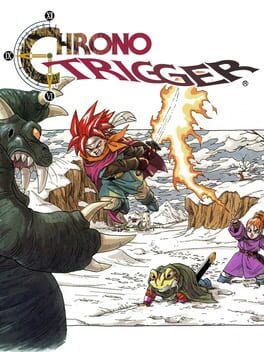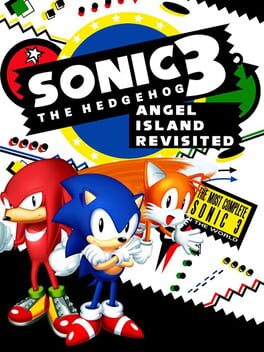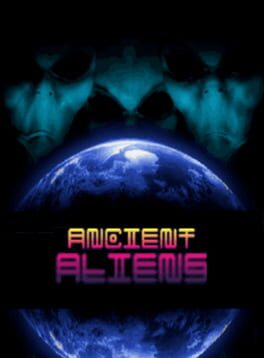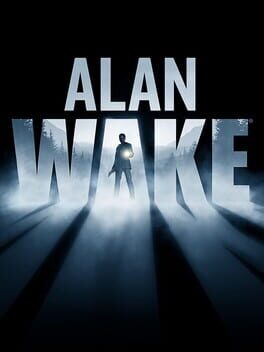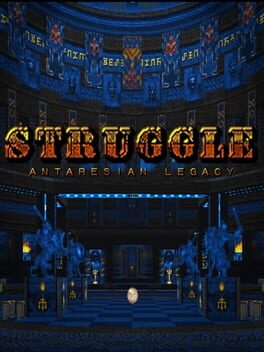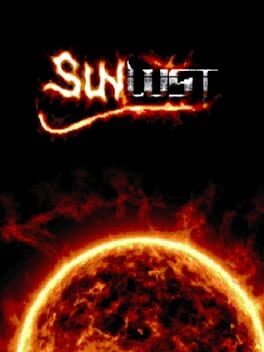Terrace
Bio
2D platformer, Metroidvania, and shooter enthusiast. I love speedrunning, although I'm quite bad at it myself.
I also really like visual novels.
2D platformer, Metroidvania, and shooter enthusiast. I love speedrunning, although I'm quite bad at it myself.
I also really like visual novels.
Badges

Donor
Liked 50+ reviews / lists

Popular
Gained 15+ followers

Best Friends
Become mutual friends with at least 3 others

3 Years of Service
Being part of the Backloggd community for 3 years

GOTY '21
Participated in the 2021 Game of the Year Event

Liked
Gained 10+ total review likes

N00b
Played 100+ games

Noticed
Gained 3+ followers
Favorite Games
225
Total Games Played
003
Played in 2024
070
Games Backloggd
Recently Played See More
Recently Reviewed See More
It's a humbling feeling knowing that you found your favorite video game of all time over a decade ago, and that no video game you play in the future will ever beat it. This might sound arrogant or self-assured to some, but hopefully those who understand the power of coming home understand what I mean. I try to replay this game once every year to recapture that feeling. The credits never fail to put a tear in my eye.
One of the most endearing aspects of Doom mapping is how distinct and unique the maps have become over time. While mods that provide an extensive overhaul to Doom's aesthetic have always existed, like 1994's Aliens TC, it wasn't until some years later that this practice became commonplace. One look at the most noteworthy and influential megawads of the 2010s is all you need to confirm this. Ancient Aliens, Eviternity, and Back to Saturn X are just three examples of blockbuster megawads with not just their own unique texturing, but also well-defined gameplay loops. Of course, the uniqueness of different Doom maps extends not just to their visuals, but also their feel, what it's like to play it. Oftentimes these aspects compliment each other directly. A good Doom map, then, is one that establishes its own unique identity both on a surface level as well as a deeper one.
This is something Sunlust accomplishes in spades. Sunlust looks nothing like typical Doom, and it feels nothing like typical Doom, either. But somehow, to me, Sunlust IS Doom. It is Doom because it is the megawad that most embodies the definition of the word. The name of the game with Sunlust is awe-inspiring. You stand in awe of the grand architecture. The dazzling environments. And, of course, the epic fights. A recurring motif in Sunlust is that it will start a fight with every enemy facing away from you, unalerted to your presence. With the initiative on you to begin the fight, you're free to take a moment both to admire the precise combat geometry as well as to wonder how the hell you're going to make it out of this alive.
And like I've said with many of my other Doom reviews, don't be put off by the legends of this megawad's difficulty. Don't feel like you have to play on ultra-violence. I sure didn't, and I still loved it! I promise the lower difficulties are much more manageable.
Sunlust, I like to imagine, is Doom in its purest, most distilled form. It is the height of the idea of Doom as a "combat puzzle" game, where each encounter takes careful thought, deliberate preparation, and precise execution in order to best. It is a perfect marriage of visual aesthetics and gameplay style. It is, simply, a work of art.
This is something Sunlust accomplishes in spades. Sunlust looks nothing like typical Doom, and it feels nothing like typical Doom, either. But somehow, to me, Sunlust IS Doom. It is Doom because it is the megawad that most embodies the definition of the word. The name of the game with Sunlust is awe-inspiring. You stand in awe of the grand architecture. The dazzling environments. And, of course, the epic fights. A recurring motif in Sunlust is that it will start a fight with every enemy facing away from you, unalerted to your presence. With the initiative on you to begin the fight, you're free to take a moment both to admire the precise combat geometry as well as to wonder how the hell you're going to make it out of this alive.
And like I've said with many of my other Doom reviews, don't be put off by the legends of this megawad's difficulty. Don't feel like you have to play on ultra-violence. I sure didn't, and I still loved it! I promise the lower difficulties are much more manageable.
Sunlust, I like to imagine, is Doom in its purest, most distilled form. It is the height of the idea of Doom as a "combat puzzle" game, where each encounter takes careful thought, deliberate preparation, and precise execution in order to best. It is a perfect marriage of visual aesthetics and gameplay style. It is, simply, a work of art.

